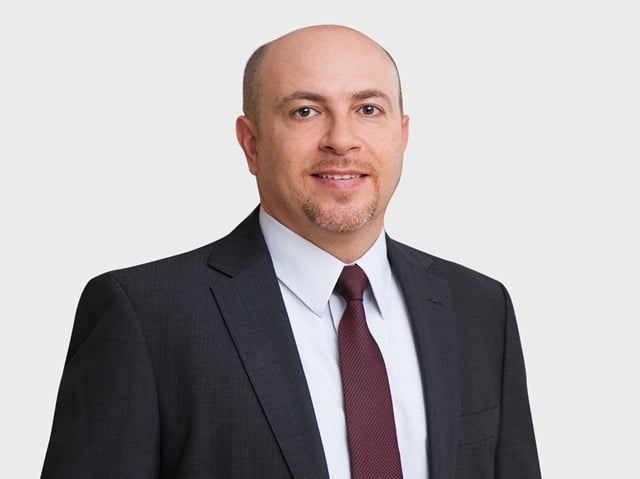On July 21, 2021, the California Court of Appeal, Fourth Appellate District, held in Johnson v. Maxim Healthcare Services, Inc., that an aggrieved employee whose individual claim was time-barred had standing to pursue a representative claim under the Private Attorney General Act of 2004 (PAGA) on behalf of other allegedly aggrieved employees. The court’s decision was based on its interpretation of the California Supreme Court’s 2020 ruling in Kim v. Reins, wherein the high court held an aggrieved employee who settled his individual claims nonetheless had standing to maintain a representative PAGA action. This decision is poised to have a significant impact on all employers in California by expanding the scope of individuals with standing to bring a PAGA action.
Facts and Procedural History
This case arose from Maxim Healthcare Services Inc.’s (“Maxim”) alleged violation of the California Labor Code by requiring its employees to sign a noncompetition agreement (“Agreement”). The plaintiff Gina Johnson signed the Agreement on September 7, 2016. On September 9, 2019 — a little more than three years after she signed the Agreement — Johnson initiated a PAGA action on behalf of herself and other allegedly aggrieved employees.
Maxim demurred to Johnson’s complaint, arguing that her individual claim was time-barred because she signed the Agreement three years before she filed suit. The trial court agreed with Maxim and sustained the demurrer, determining that because Johnson’s individual claim was time-barred, she did not have standing to bring a PAGA claim in a representative capacity.
Court of Appeal Ruling
Johnson appealed, arguing there was no requirement that she be able to recover on her individual claim in order to maintain a representative PAGA action against Maxim. The California Court of Appeal agreed with her, holding that, under Kim, “an employee whose individual claim is time-barred[] may still pursue a representative claim under PAGA.”
The appellate court reasoned that Johnson met the definition of an “aggrieved employee” under PAGA, because she was someone “who was employed by the alleged violator” and “against whom one or more of the alleged violations was committed.” Applying this statutory definition to the facts, the court determined that Johnson was an aggrieved employee because she “alleged she is employed by Maxim and that she personally suffered at least one Labor Code violation on which the PAGA claim is based.”
The California Court of Appeal rejected Maxim’s attempts to distinguish Kim by arguing that the holding only applies when a plaintiff settles his or her individual claims, not when the claims are time-barred. The court held that the Kim decision should not be so narrowly interpreted, and the “rule from Kim is an ‘aggrieved employee’ has standing to pursue a PAGA claim, irrespective of whether that employee maintains a separate Labor Code Claim.”
Takeaway
The decision in Johnson v. Maxim Healthcare Services, Inc., is likely to increase the volume of PAGA actions brought against employers, given the expanded scope of potential representative plaintiffs. To limit exposure, California employers should continue to evaluate and assess their compliance with the Labor Code, in order to be aware of potential violations that could give rise to PAGA claims and remedy those issues.
.svg?rev=a492cc1069df46bdab38f8cb66573f1c&hash=2617C9FE8A7B0BD1C43269B5D5ED9AE2)


